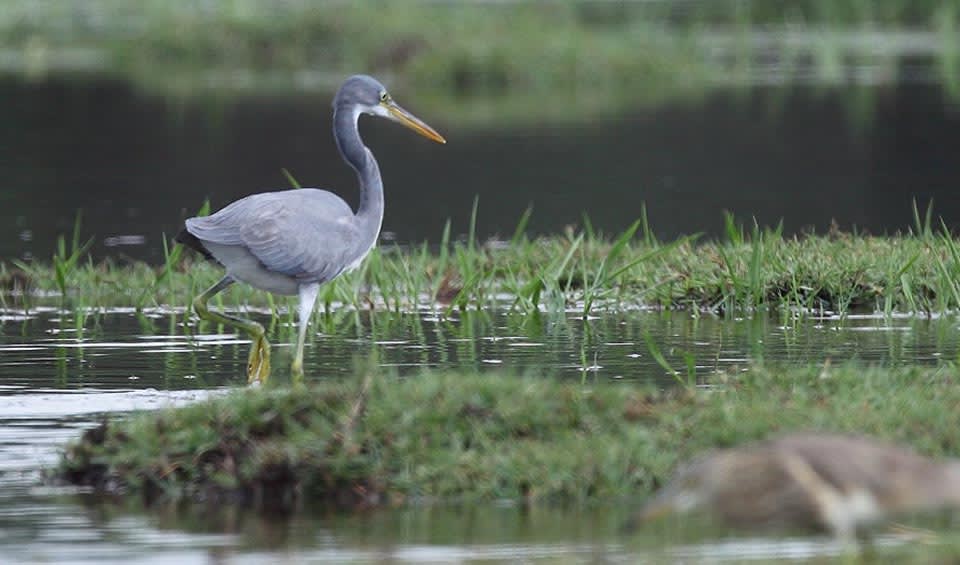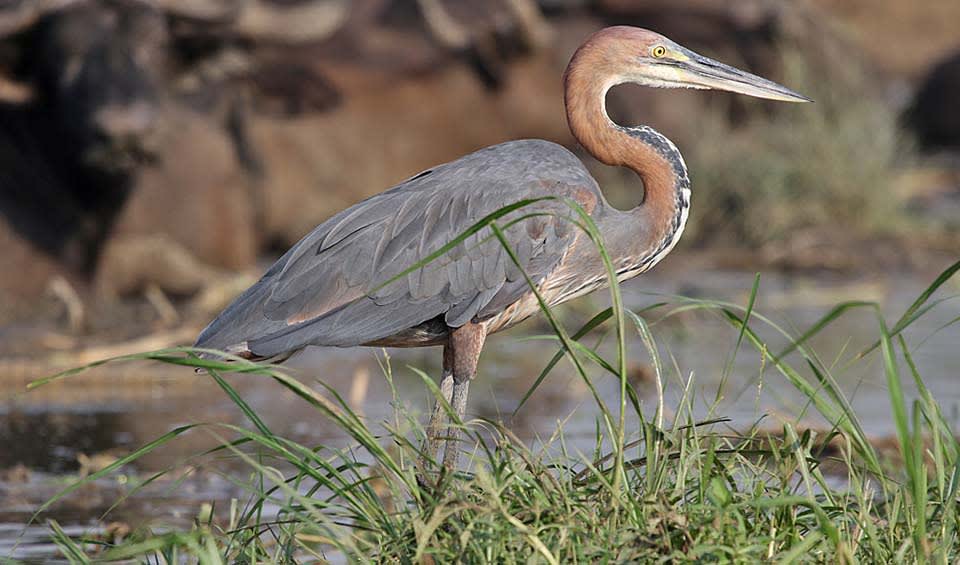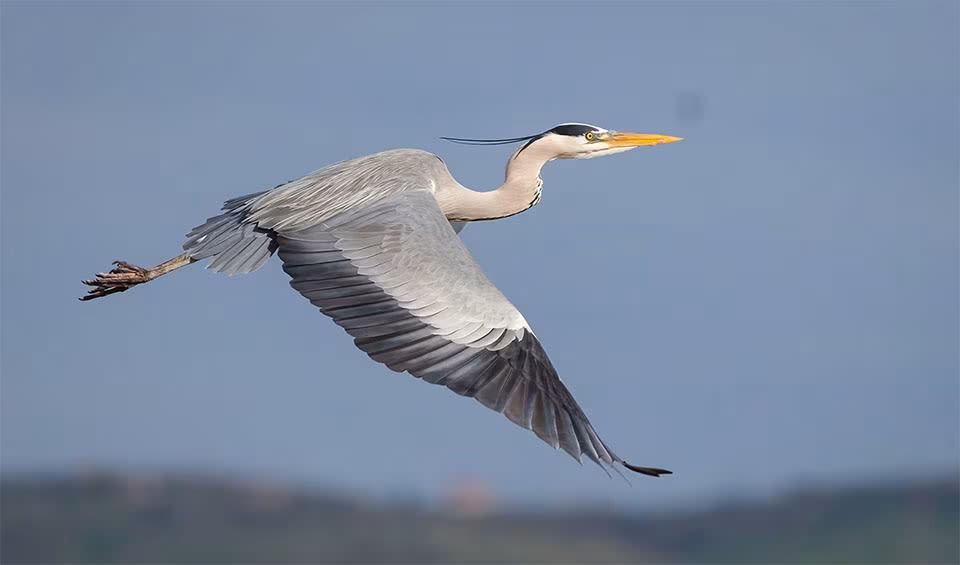Ardea – Herons
These birds might give even the best fencers a run for their money
Herons are among the most visible and well-known wading birds inhabiting wetlands around the world. They are characterized by their large size, long legs, and long, sharp bills, which they use with deadly efficiency to catch their prey. The genus includes several species, such as the Great blue heron (Ardea herodias) in North America and the Grey heron (Ardea cinerea) in Eurasia, both of which are known for their impressive stature and hunting prowess.
Herons typically inhabit freshwater and saltwater environments, including marshes, rivers, lakes, coastal estuaries, and mangroves. They are adept at navigating these areas with their long legs, which allow them to wade through water while searching for food. Their spear-like bill is not only a weapon for catching prey but also a highly sensitive organ, capable of detecting the slightest movement in the water.
When it comes to feeding, herons are often solitary hunters, preferring to stalk their prey alone. They are most active during the twilight hours of dawn and dusk when fish are more active. However, they are not strictly nocturnal and can be seen foraging at any time of day. In some instances, particularly where food is abundant, herons may feed in loose groups. This social feeding can be advantageous as the movement of one heron can flush out prey for another.
Herons have a diverse diet that reflects the richness of their habitats. While fish are their primary food source, they are opportunistic feeders and will eat nearly anything they can catch, including amphibians, reptiles, small mammals, birds, and a wide variety of invertebrates. Their hunting strategy involves standing motionless or moving slowly through shallow water, then striking quickly with their bill to spear or grab the prey.
Species in this genus
White-bellied heron
So elusive that it was once thought to be a myth or legend among local populations until its official discovery and documentation
Goliath heron
This large heron is a firm believer in the adage: “Patience is the key to success”
Gray heron
Exhibit powerful flight, with distinctive slow wing beats and an extended neck, defining features during their aerial movements
Purple heron
Its neck is insanely long and super flexible, giving it a slinky, snake-like appearance when it hunts





